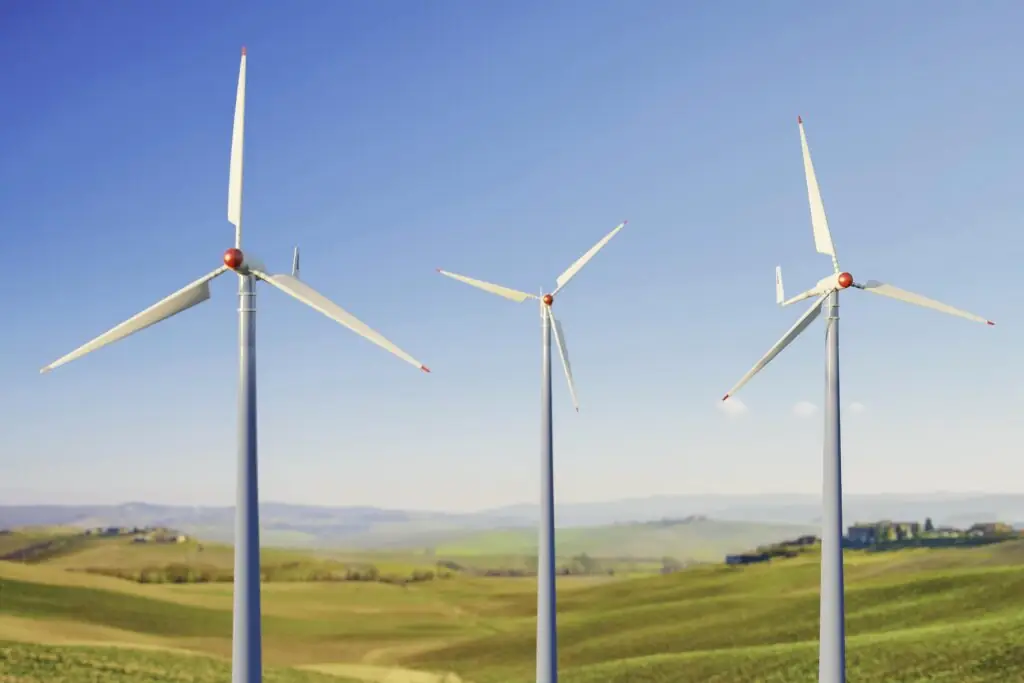Mechanical energy is a fundamental concept in physics that combines two types of energy: kinetic and potential. Kinetic energy is the energy an object has because of its motion, while potential energy is the energy stored in an object due to its position or shape. Mechanical energy is crucial in our daily lives as it powers various machines and tools that we use. From the vehicles that transport us to the appliances in our homes, mechanical energy is at work. Understanding how it operates can help us appreciate the technology around us and even inspire innovation in how we use energy in the future.

✅ AI Essay Writer ✅ AI Detector ✅ Plagchecker ✅ Paraphraser
✅ Summarizer ✅ Citation Generator
Definition and Types of Mechanical Energy
Mechanical energy is a fundamental concept in physics that plays a crucial role in understanding the movement and interactions of objects. It is the energy associated with the motion and position of an object, encompassing both kinetic and potential energy. This form of energy is vital in our daily lives, as it powers various machines, vehicles, and even natural phenomena.
Kinetic energy is the energy of motion. It is the energy an object possesses due to its movement. For example, when a car speeds down a highway, it has kinetic energy because of its motion. The faster the car moves, the more kinetic energy it has. This type of energy is not only important in moving vehicles but also in generating electricity, as seen in wind turbines, where the kinetic energy of the wind is converted into electrical energy.
Potential energy, on the other hand, is the stored energy in an object due to its position or state. A classic example is a ball held at a height. The ball has potential energy because of its elevated position, and this energy can be converted into kinetic energy when the ball is released and falls to the ground. Potential energy is also seen in springs, elastic bands, and even in chemical bonds between atoms.
Examples of Mechanical Energy
Mechanical energy is everywhere in our daily lives, from simple movements to complex machinery. By exploring some examples, we can better understand how kinetic and potential energy are present in various forms around us.
Moving Car
One of the most common examples of kinetic energy is a moving car. As the car accelerates and travels down the road, its speed increases, and so does its kinetic energy. This energy is what propels the car forward and allows it to overcome friction and other forces. The faster the car moves, the more kinetic energy it has. This principle is not only applicable to cars but to any moving object, from a rolling ball to a flying airplane. Understanding the kinetic energy of a moving car is crucial for various applications, such as designing safer vehicles, improving fuel efficiency, and analyzing traffic flow.

Compressed Spring
A compressed spring is a classic example of potential energy. When you compress a spring, you are storing energy in it. This energy is released when the spring expands, pushing objects or powering mechanisms like in a toy car or a clock. The potential energy in a compressed spring is a result of its position; the more you compress it, the more energy it stores. This concept is widely used in various mechanical devices, from shock absorbers in vehicles to the mechanics of a pinball machine.

Roller Coaster
A roller coaster at its highest point is a perfect illustration of both potential and kinetic energy. At the top, the roller coaster has maximum potential energy due to its height. As it descends, this potential energy is converted into kinetic energy, increasing its speed as it moves along the track. This interplay between potential and kinetic energy is what creates the thrilling experience of a roller coaster ride. Engineers design roller coasters with this energy conversion in mind to ensure a safe and exciting ride.

Wind Turbines
Wind turbines demonstrate the conversion of kinetic energy into electrical energy. The kinetic energy of the wind turns the blades of the turbine, which in turn generates electricity. This process is a key component of renewable energy technologies. The efficiency of a wind turbine depends on its ability to capture the kinetic energy of the wind and convert it into usable electrical energy. This example highlights the importance of understanding mechanical energy in developing sustainable energy solutions.

Person on a Trampoline
Finally, a person jumping on a trampoline showcases the interchange between kinetic and potential energy. As the person falls, potential energy is converted into kinetic energy. When they hit the trampoline and bounce back up, kinetic energy is transformed back into potential energy. This continuous exchange is what keeps the motion going. The trampoline acts as a medium that stores and releases energy, allowing for the repetitive bouncing motion. This example demonstrates the dynamic nature of mechanical energy and its role in recreational activities.

Conclusion
In conclusion, mechanical energy is a key concept in the world of physics that has significant applications in our everyday lives. By understanding the principles of kinetic and potential energy, we can better appreciate the workings of the machines and devices that surround us. It’s fascinating to observe how mechanical energy is transformed and used in different ways, from the simple act of bouncing a ball to the complex mechanisms of a car engine. I encourage you to look around and notice the various examples of mechanical energy in action. This understanding not only deepens our appreciation for the wonders of physics but also inspires us to think creatively about how we can harness this energy in innovative ways.
FAQ
Follow us on Reddit for more insights and updates.





Comments (0)
Welcome to A*Help comments!
We’re all about debate and discussion at A*Help.
We value the diverse opinions of users, so you may find points of view that you don’t agree with. And that’s cool. However, there are certain things we’re not OK with: attempts to manipulate our data in any way, for example, or the posting of discriminative, offensive, hateful, or disparaging material.